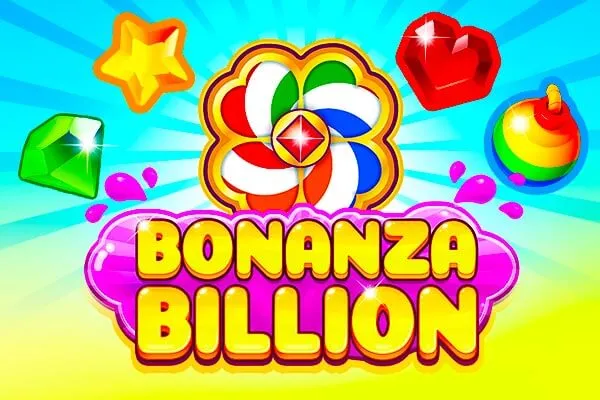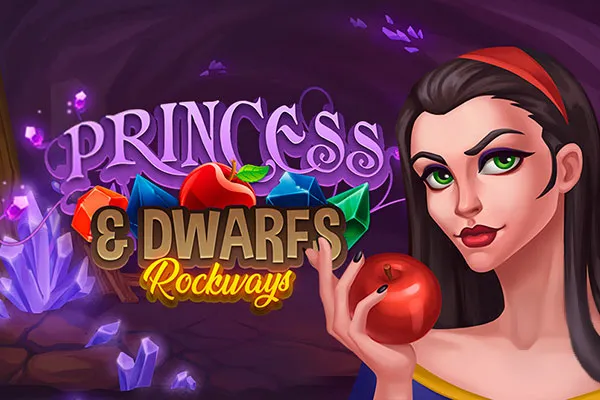NREGA Job Card List: A Comprehensive Guide for Indian Citizens
The Mahatma Gandhi National Rural Employment Guarantee Act (MGNREGA) is a landmark initiative in India, aimed at enhancing livelihood security in rural areas by providing at least 100 days of wage employment in a financial year to every rural household whose adult members volunteer to do unskilled manual work. The NREGA Job Card serves as a crucial document for beneficiaries, acting as proof of registration and a record of employment. This comprehensive guide explores the NREGA job card list, how to access it, its significance, and related information relevant to Indian citizens.
Understanding the NREGA Job Card
A NREGA Job Card is essentially a registration certificate issued to households eligible under the MGNREGA scheme. It contains vital information such as the household's registration number, names and photographs of registered adult members, and details of the work they have undertaken under the scheme.
Key Benefits of Holding a NREGA Job Card:
- Proof of Registration: It serves as official documentation confirming the household's registration under the MGNREGA scheme.
- Entitlement to Work: It entitles registered members to demand work under the MGREGA scheme.
- Record of Employment: It maintains a record of the number of days worked, wages earned, and any unemployment allowance received.
- Access to Information: It provides access to information regarding their rights and entitlements under the scheme.
- Facilitates Transparency: It promotes transparency and accountability in the implementation of the MGNREGA scheme.
Accessing the NREGA Job Card List: A Step-by-Step Guide
The Indian government has made it relatively easy to access the NREGA job card list online, promoting transparency and accessibility. Here's a detailed guide on how to find your NREGA job card list:
1. Visiting the Official NREGA Website:
The primary source for accessing the NREGA job card list is the official website of MGNREGA: https://nrega.nic.in/. This website is maintained by the Ministry of Rural Development, Government of India.
2. Navigating to the "Job Cards" Section:
Once on the homepage, look for a section typically labeled "Job Cards" or "Transparency & Accountability." The exact wording may vary slightly, but it should be easily identifiable. You might find it under a "Reports" or "Data Entry" tab.
3. Selecting Your State:
You will be directed to a page displaying a map of India or a list of all the states and union territories. Click on your respective state. This will redirect you to the state-specific NREGA portal.
4. Choosing the Financial Year, District, Block, and Panchayat:
On the state portal, you will need to select the relevant financial year for which you want to view the job card list. Then, choose your district, block (Tehsil/Taluk), and Gram Panchayat from the drop-down menus.
5. Viewing the Job Card List:
After selecting the required details, click on the "Submit" or "Proceed" button. A list of NREGA job cards registered under the selected Gram Panchayat will be displayed.
6. Searching for Your Job Card:
The list will typically show the job card number, the head of the household's name, and other relevant details. You can search for your job card by name or job card number.
7. Viewing Job Card Details:
Click on the job card number to view the detailed information about the job card, including the names of all registered members, work allocation details, employment history, and wage payments.
Information Available on the NREGA Job Card List
The NREGA job card list provides a wealth of information related to the scheme's beneficiaries. Here's a breakdown of the key details you can find:
- Job Card Number: A unique identification number assigned to each registered household.
- Name of the Head of Household: The name of the primary applicant or the head of the household.
- Names of Registered Members: A list of all adult members of the household registered under the NREGA scheme.
- Photographs of Registered Members: Photographs of each registered member for identification purposes.
- Village/Gram Panchayat Details: Information about the village and Gram Panchayat where the household is registered.
- Work Allocation Details: Details of the work allocated to the household under the NREGA scheme.
- Employment History: A record of the number of days worked by each member, the type of work performed, and the wages earned.
- Wage Payment Details: Information about the wages paid to the household members, including the payment date and amount.
- Unemployment Allowance (if applicable): Details of any unemployment allowance received by the household if work was not provided within the stipulated time frame.
Importance of the NREGA Job Card List
The NREGA job card list plays a vital role in ensuring the effective implementation of the MGNREGA scheme. Here's why it's so important:
- Transparency and Accountability: It promotes transparency by making information about beneficiaries and their employment history publicly available. This helps to prevent corruption and ensures accountability in the implementation of the scheme.
- Empowerment of Beneficiaries: It empowers beneficiaries by providing them with access to information about their rights and entitlements under the scheme. This allows them to demand work and ensure that they receive fair wages.
- Monitoring and Evaluation: It facilitates the monitoring and evaluation of the MGNREGA scheme by providing data on the number of beneficiaries, the amount of work generated, and the wages paid.
- Grievance Redressal: It helps in grievance redressal by providing a mechanism for beneficiaries to raise complaints about non-payment of wages or other issues.
- Social Audit: It supports social audits by providing information that can be used to verify the accuracy of records and ensure that the scheme is being implemented properly.
Common Issues and Solutions Related to NREGA Job Cards
While the NREGA scheme has been largely successful, some common issues arise regarding job cards. Here's a look at some of these problems and potential solutions:
- Duplicate Job Cards: Sometimes, households may be issued duplicate job cards due to errors in data entry or other reasons. Solution: Report the duplicate job card to the Gram Panchayat or the Block Development Officer (BDO) for cancellation.
- Incorrect Information on Job Cards: Errors in names, addresses, or other details can occur. Solution: Submit a written application to the Gram Panchayat or BDO with the correct information and supporting documents for rectification.
- Non-Issuance of Job Cards: Eligible households may not receive job cards despite applying for them. Solution: Follow up with the Gram Panchayat or BDO. If the issue persists, file a complaint with the District Programme Coordinator (DPC) of MGNREGA.
- Loss of Job Cards: Job cards can be lost or damaged. Solution: Apply for a duplicate job card at the Gram Panchayat or BDO office.
- Delay in Wage Payments: Beneficiaries may experience delays in receiving their wages. Solution: Lodge a complaint with the Gram Panchayat, BDO, or the District Grievance Redressal Officer.
The Role of Technology in NREGA Implementation
Technology plays a significant role in streamlining the implementation of the MGNREGA scheme. The online availability of the NREGA job card list is a prime example of this. Other technological interventions include:
- Electronic Fund Management System (e-FMS): Ensures direct transfer of wages to beneficiaries' bank accounts, reducing delays and corruption.
- Mobile Monitoring System (MMS): Allows for real-time monitoring of work sites and attendance.
- Geotagging of Assets: Uses GPS technology to track the location of assets created under the MGNREGA scheme, enhancing transparency and accountability.
NREGA and Financial Inclusion
The MGNREGA scheme has significantly contributed to financial inclusion in rural India. By providing guaranteed employment and wages, it has enabled millions of rural households to open bank accounts and access financial services. This has empowered them to save money, invest in their future, and improve their overall economic well-being. The direct transfer of wages through e-FMS has further strengthened financial inclusion by promoting the use of formal banking channels.
Conclusion
The NREGA job card list is a vital tool for ensuring the effective implementation of the MGNREGA scheme. By providing access to information, promoting transparency, and empowering beneficiaries, it plays a crucial role in enhancing livelihood security in rural India. This comprehensive guide has provided a detailed overview of the NREGA job card list, how to access it, its significance, and related information. By understanding and utilizing this information, Indian citizens can effectively participate in the MGNREGA scheme and contribute to the development of their communities. Understanding your rights and responsibilities under the MGNREGA scheme is crucial for its successful implementation. Regularly checking the NREGA job card list and raising any concerns with the appropriate authorities can help ensure that the scheme benefits those who need it most.
Related Pages
- Nurokind Gold: India's Best Multivitamin for Energy, Nerve Health & Daily Wellness Boost!
- Master Sanketham Building Permit in India: Easy Step-by-Step Guide for Quick Approval!
- Star 777: India's Ultimate Jackpot Adventure for Massive Wins!
- Rajbet App: India's Ultimate Betting Thrill – Download Now & Win Big!
- Unlock the Secrets of 666e: Top Indian Picks for Maximum Power and Savings!









